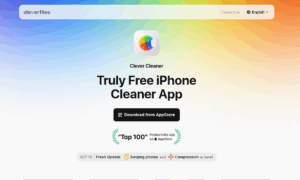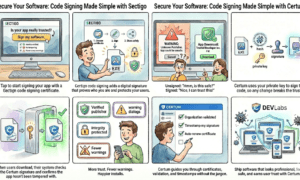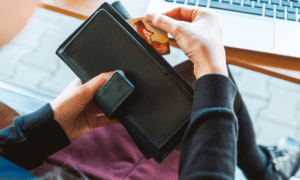The landscape of mobile app distribution is undergoing a significant transformation, particularly for iPhone users in the European Union. With the implementation of the EU’s Digital Markets Act (DMA), customers can now legally install applications from third-party sources, breaking away from Apple’s traditional App Store model.
This change opens up new opportunities and challenges for users and developers alike. If you’re curious about what this means for your iPhone experience, here are nine essential things you need to know about installing apps outside the App Store.
1. Legal Framework Under the Digital Markets Act
The EU’s Digital Markets Act (DMA) promotes fair competition in the digital sector. As part of this act, Apple is classified as a “gatekeeper,” which obliges it to allow alternative app distribution channels. This new legal framework allows users to download apps directly from developers’ websites or third-party marketplaces, creating a more open ecosystem for app distribution.
2. Significant iOS Updates
Apple has made substantial changes to its iOS software to facilitate this new capability, starting with version 17.4. These updates include over 600 new Application Programming Interfaces (APIs) that enable the operation of alternative app marketplaces. Users in the EU can now install marketplace apps that function similarly to the official App Store, broadening their options for app installations.
3. How to Install Third-Party Apps
Installing apps from outside the App Store is relatively straightforward. Users can visit a developer’s website to download a marketplace app. After installation, they may need to grant the app specific permissions to function correctly. Following on-screen prompts carefully is important, as downloading from external sources involves additional security considerations. For more detailed guidance, check out the article on IBTimes UK as soon as possible.
4. Emerging Alternative Marketplaces
Several alternative app marketplaces have already started to appear in the EU. Services like Setapp Mobile and AltStore PAL are gaining traction, offering curated selections of apps and unique monetization strategies. These alternatives offer users more choices and often lower fees than the traditional App Store, potentially enhancing the overall app experience.
5. Developer Opportunities
For developers, this new landscape presents exciting opportunities. With the ability to bypass Apple’s App Store commissions, developers can set their own pricing and payment solutions, which may lead to lower user costs. Additionally, developers can promote their applications directly to users, enhancing visibility and potentially increasing downloads.
6. Security Concerns
While the new freedom to install apps from various sources is appealing, it also raises security concerns. Apple has historically maintained strict security measures to protect users from malware and fraudulent applications. Users must exercise caution with third-party apps, as these apps may not undergo the same scrutiny as those in the App Store. Always ensure you’re downloading from reputable sources.
7. User Privacy Implications
In light of these changes, user privacy is another critical consideration. Apple has expressed concerns about the potential risks of downloading apps outside its curated environment. Users may find that apps from alternative marketplaces lack the same level of privacy protection, making it essential to review permissions and privacy policies before installation.
8. Limited Support from Apple
Downloading apps from third-party sources means users will have limited support options from Apple. If issues arise with these apps, users may not receive the same level of assistance as they would with apps downloaded through the App Store. It’s crucial to be prepared for potential challenges when using alternative apps.
9. The Future of App Distribution
As the EU experiment progresses, its impact on the global app ecosystem remains to be seen. The regulatory push for more openness in digital markets may inspire similar changes in other regions. This evolving landscape could lead to a more competitive environment, but it also necessitates increased user vigilance regarding security and privacy.
FAQs
What are the risks of installing apps from outside the App Store?
Installing apps from third-party sources can expose users to malware and security vulnerabilities. It’s essential to download apps only from reputable developers and to be cautious about the permissions you grant.
Can I still use the App Store after installing third-party apps?
Yes, users can continue to use the App Store alongside third-party apps. The new regulations do not eliminate access to Apple’s official marketplace.
How do I know if a third-party app is safe?
To determine if a third-party app is safe, research the developer, read user reviews, and check for security certifications. Always download from official websites or trusted marketplaces.
Will Apple still provide updates for third-party apps?
No, Apple will not provide updates for apps installed from third-party sources. Users will need to rely on the app developers for updates and support.
Conclusion
The ability to install iPhone apps from outside the App Store marks a significant shift in the digital landscape for EU users. While this change opens up exciting opportunities for app diversity and developer innovation, it also comes with important security and privacy considerations. Users must navigate this new environment cautiously, ensuring they download apps from reputable sources and remain vigilant about their data. As this regulatory experiment unfolds, it could reshape the future of app distribution not just in Europe but globally.



































